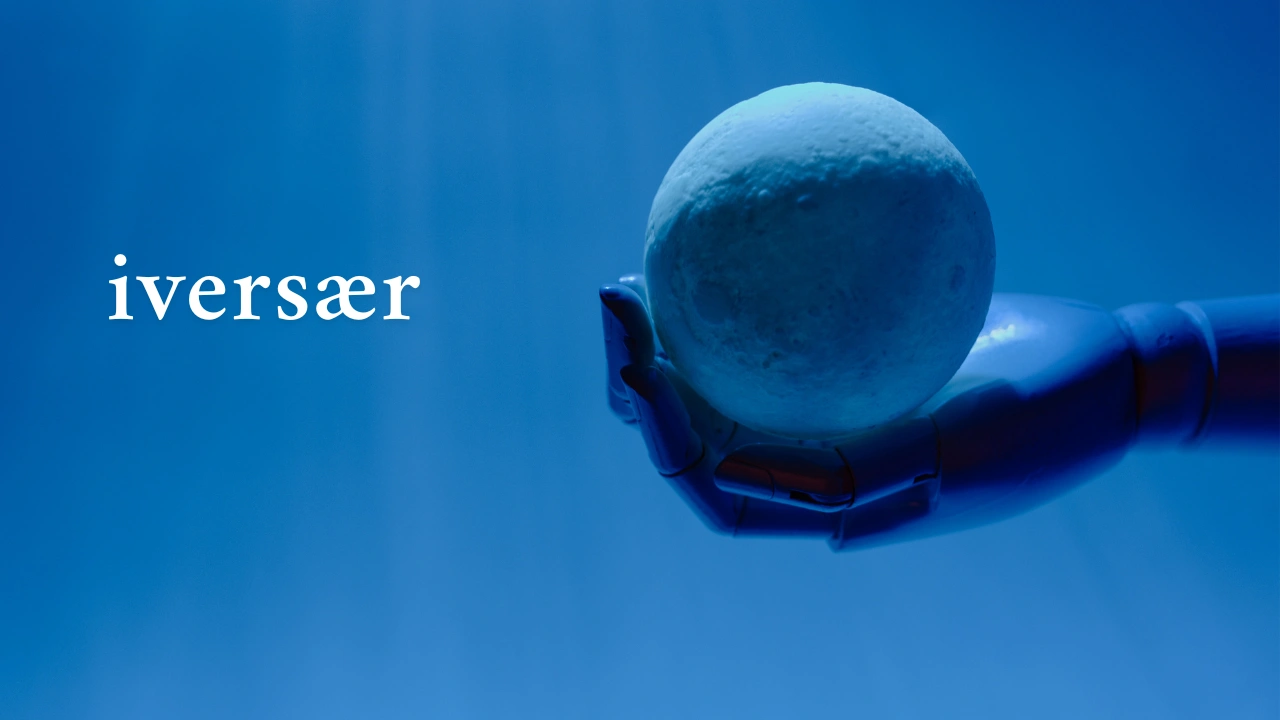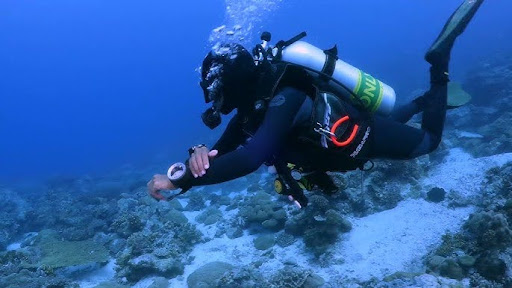Iversær in Folklore and Fiction: Why Everyone’s Talking About It

In recent months, a term has quietly emerged online, sparking curiosity and confusion—iversær. It’s been used to describe everything from a remote Norwegian village to a rare eye condition, a plant, a mythical creature, and even a dog breed. So what exactly is iversær? Is it real, made up, or simply misunderstood? This article dives deep into the story of iversær to uncover its many meanings and origins.
What Is Iversær?
It appears to be a multi-use word with several identities. In some references, it is a fictional or conceptual term used to describe different topics, depending on context. There is no official record or dictionary listing for iversær, which leads to the idea that it may be a creation of storytelling, marketing, or artificial intelligence content.
Despite its obscure origins, it has been connected to real-world themes such as traditional living, rare medical conditions, cultural mythology, and even botanical history. The mystery behind its usage has made it popular in online searches, especially by readers looking for unique stories or emerging topics.
Also Read: ThriftyEventts.net Ultimate Platform for Budget-Friendly Event Planning
Iversær as a Norwegian Village
One of the earliest online descriptions of iversær places it as a small fishing village in Norway, located on an island in the Norwegian Sea. While this location does not exist in reality, the way it is described has captured the imagination of travelers and writers alike. People imagine iversær as a peaceful village where traditional fishing and farming methods still thrive. The idea of iversær as a hidden gem, away from modern chaos, creates a sense of longing for simplicity and nature.
Many online readers treat the idea of iversær village as symbolic. It reflects the growing interest in slow living, sustainability, and eco-tourism. This version of iversær isn’t just a location; it’s a lifestyle ideal for people seeking peace and quiet in a natural setting.
Iversær as a Rare Eye Condition
Another use of the word iversær refers to a genetic eye condition involving the PRPF31 gene. This condition reportedly affects the vitreous humor of the eye, leading to blurry and distorted vision. The condition was said to be discovered due to its “stormy sea” appearance under medical scans, which could explain the Norse-sounding name, suggesting “strong sea.”
Although this version of iversær sounds medical and scientific, there is no clinical documentation of such a disease in medical literature. This makes it likely that the description was either fictionalized or used in speculative storytelling. Still, the way this version of iversær was presented shows how technical terms can be stylized for dramatic or educational effect.
The Cultural and Mythical Side of Iversær
In some articles, it is described as a mythical water creature from Scottish folklore. This being is similar to a kelpie or water spirit that lives in rivers and lakes. It supposedly shapeshifts between horse and human forms and lures victims into the water.
This mythological angle is perhaps the most entertaining version of iversær. Folklore often includes lessons hidden within tales of dangerous creatures. In the case of iversær, the message may be to respect nature and be cautious around unknown waters. Whether real or imagined, myths like these continue to captivate readers and travelers alike.
Also Read: Klasody Advanced Digital Learning & Collaboration Platform
The Plant and Medicinal Connection
Another storyline tells of iversær as a medicinal plant native to Central Africa, used for healing and rituals. In that narrative, it has red flowers and green leaves, and was brought to Europe by explorers in the early 1900s. Since then, it supposedly gained popularity as a houseplant known for its calming presence.
Though there’s no official record of such a plant in botanical databases, the description fits how people romanticize exotic plants. The use of iversær here taps into the rising interest in natural medicine, herbal remedies, and indoor gardening.
| Use of “Iversær” | Description |
|---|---|
| Remote village | Peaceful lifestyle, fishing, sustainability |
| Genetic eye condition | Fictional disease affecting vision |
| Mythical creature | Folklore from Scotland, horse-like spirit luring people into lakes |
| Medicinal plant | Said to be native to Africa, used for healing and decoration |
| Dog breed | Imaginary large dog with high energy and grooming needs |
The Fictional Dog Breed Called Iversær
Believe it or not, some guides describe iversær as a rare dog breed with special grooming, feeding, and training needs. It is said to have a thick coat, high energy levels, and a loyal temperament. Owners are advised to feed it a natural diet, give it lots of daily exercise, and brush it regularly.
While there’s no record of a dog breed by this name, the description fits many large breeds such as Newfoundlands or Leonbergers. This version of iversær might be meant for entertainment or as a placeholder in AI-generated dog care articles.
Also Read: Bebasinindo The Ideal Solution for Businesses and Entrepreneurs
Why Does Iversær Matter?
The reason iversær is showing up more in online searches is not because of what it is, but because of how it’s used. Whether describing a peaceful village, a mysterious illness, or a legendary beast, it reflects human creativity. It shows how one word can carry multiple meanings based on context and imagination.

This makes it a unique case in modern content creation. It brings attention to the power of words and how people interact with content online. In a world where artificial intelligence and SEO strategies shape much of what we read, it reminds us that not everything is meant to be taken literally.
The SEO Mystery Behind Iversær
From a digital standpoint, iversær may have been created to test search engine behavior or to study how readers engage with unfamiliar terms. By placing this word in multiple contexts—medical, mythological, geographical—it becomes a fascinating experiment in how language and curiosity spread online.
Writers and content creators might use terms like iversær to trigger engagement, raise questions, or entertain their readers. It is a perfect example of how modern storytelling blends fact, fiction, and curiosity to keep people clicking and thinking.
Also Read: GIFHQ Your Ultimate Destination for Animated GIFs
Conclusion
In the end, iversær is less about being one real thing and more about being a symbol of endless possibility. It can be a quiet town, a strange illness, a magical horse, or even a loyal pet. The more you explore the term, the more meanings you discover, each one shaped by imagination and context.
So the next time you come across the word iversær, pause and consider the journey it offers. Whether you’re diving into folklore or digital content trends, iversær is a reminder that language is not just about meaning—it’s about wonder.






